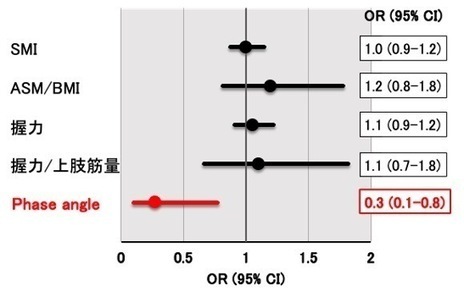2025-05-29 静岡大学

<関連情報>
- https://www.shizuoka.ac.jp/news/detail.html?CN=10950
- https://www.shizuoka.ac.jp/cms/files/shizudai/MASTER/0100/6X4J53Ik.pdf
- https://link.springer.com/article/10.1007/s11120-025-01152-7
Tetraselmis striata由来光捕集複合体の生化学的・系統学的解析 Biochemical and phylogenetic analyses of light-harvesting complexes from Tetraselmis striata
Yuma N. Yamamoto,Takehiro Suzuki,Yoshifumi Ueno,Tatsuya Tomo,Naoshi Dohmae,Atsushi Takabayashi & Ryo Nagao
Photosynthesis Research Published:26 May 2025
DOI:https://doi.org/10.1007/s11120-025-01152-7
Abstract
Oxygenic photosynthetic organisms employ light-harvesting complexes (LHCs) to capture solar energy and regulate excess excitation. Tetraselmis species belong to Chlorodendrophyceae, one of the earliest-diverging lineages within core Chlorophyta. While these organisms exhibit distinctive pigment compositions, their LHC organization and function remain largely uncharacterized. Here, we examined the biochemical and spectral properties of LHC, PSI-LHCI, and PSII-LHCII complexes from Tetraselmis striata NIES-1019. Pigment analysis identified loroxanthin derivatives, loroxanthin decenoate and loroxanthin dodecenoate, in all three complexes. Notably, these carotenoids are absent in Chlamydomonas reinhardtii and Ostreococcus tauri, implying a lineage-specific adaptation. Fluorescence spectra of PSII-LHCII and PSI-LHCI from T. striata exhibited distinct characteristics compared with their counterparts in C. reinhardtii and land plants, indicating differences in pigment organization. In contrast, LHC fluorescence properties closely resembled those of green-lineage organisms, suggesting conservation of chlorophyll-binding arrangements. Phylogenetic analyses revealed that T. striata possesses LHCBM-based LHCII trimers, consistent with other core Chlorophyta, but its PSI antenna composition diverges from that of these algae. Among LHCIs in the PSI outer belt, only LHCA5a was identified, whereas LHCA4a and LHCA6a were absent, implying structural divergence from C. reinhardtii. These findings provide insights into the evolution of LHCs in Chlorophyta and the distinct pigment-protein interactions underlying Tetraselmis light-harvesting strategies.

